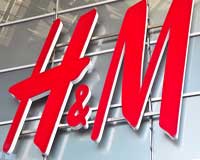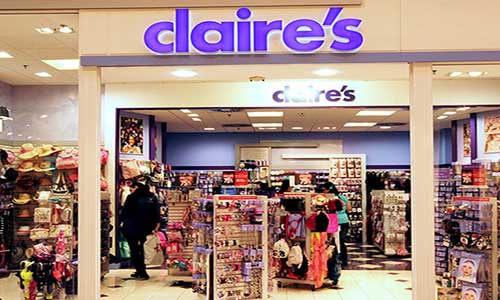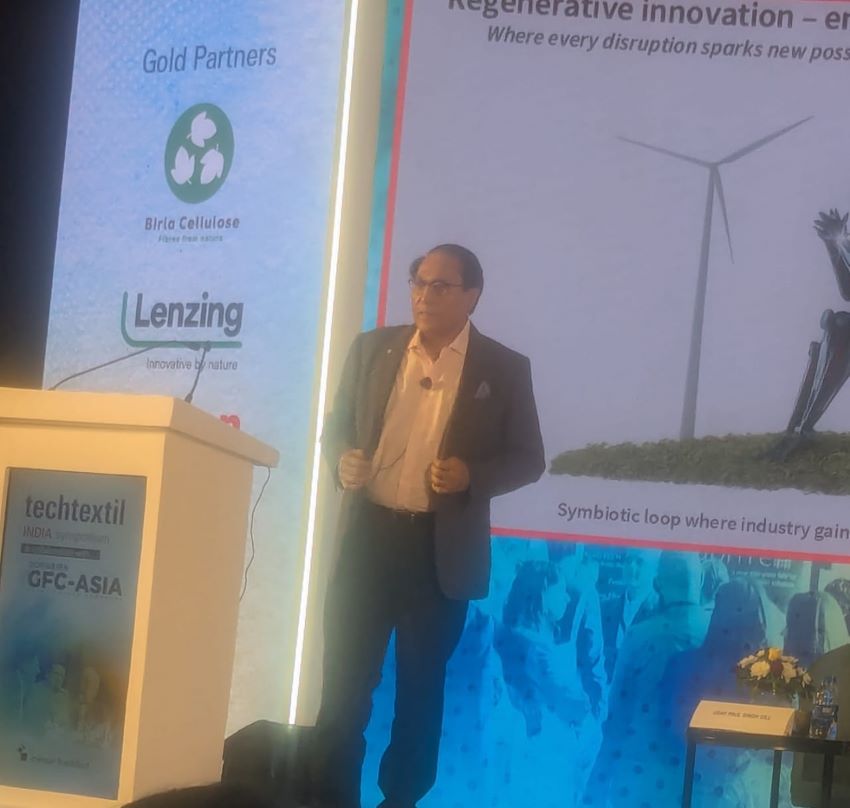"Successful deals in the unpredictable world of US fashion are rare, and look even less likely to succeed as sales dip across the board. Cost savings can be counterproductive if it means squeezing money out of marketing and design, and buyers are risking on a style that can easily go out of favour. Therefore, established brands like Abercrombie are finding it difficult to take the mergers and acquisitions (M&A) route."

Successful deals in the unpredictable world of US fashion are rare, and look even less likely to succeed as sales dip across the board. Cost savings can be counterproductive if it means squeezing money out of marketing and design, and buyers are risking on a style that can easily go out of favour. Therefore, established brands like Abercrombie are finding it difficult to take the mergers and acquisitions (M&A) route. Neil Saunders, MD, GlobalData Retail, says often, as one spends money to buy the brand or business, one also has to spend more to do something strategic that will propel growth, and that means paying twice before getting returns.
Changing scenario

Five of the 20 companies involved in the biggest private equity apparel deals of the last decade have been restructured or gone bankrupt. All struggled under the debt load of a leveraged buyout. The biggest acquisition, Apollo Global Management's roughly $3.1-billion leveraged buyout of Claire's Stores, restructured in 2016. The second-largest acquisition, J Crew Group Inc, which TPG Capital and Leonard Green & Partners bought for about $3 billion, is now being restructured. Gymboree Corp filed for bankruptcy last month, seven years after Bain Capital's $1.8-billion purchase.
Many US fashion top brass are considering a sale option as pressure mounts from more affordable fast-fashion chains from Europe such as Zara and H&M, and customers abandon malls in favour of Amazon and other online retailers. Outerwear brand Eddie Bauer is eyeing a sale while also seeking relief from its debt load, according to Reuters. Teen brand American Apparel explored a sale last year before filing for bankruptcy.
In this context, Rohit Singh, specialists in retail at UBS Investment Bank, points out public company board members are reticent about green-lighting large-scale mergers and acquisitions because it's hard to find a good example of a business that has been rewarded by the equity market for doing so.
The most successful acquisitions have been those of younger brands, with a substantial room for growth and are yet to develop expensive supply chains and costly, little-used store bases. Gap Inc's $150 million purchase of athletic and yoga clothing line Athleta in 2008, for example, gave it a foothold in a growing fashion trend. The acquisition helped save Gap when sales of its jeans slowed as shoppers shifted to leggings. Josh Chernoff, MD – Retail, Parthenon-EY, said that if you tie two rocks together, they sink just as fast or faster. Mark Belford, a retail specialist at KPMG Corporate Finance, said that fashion is not something you can solve with math. You either get it or you don't, and it either sells or it sits on the shelf.












